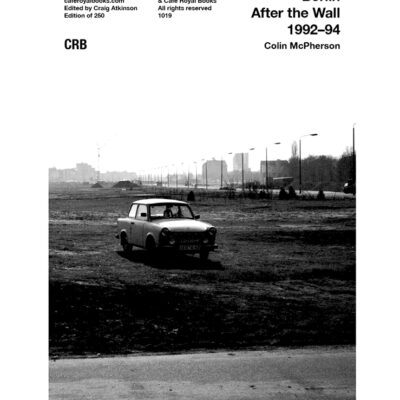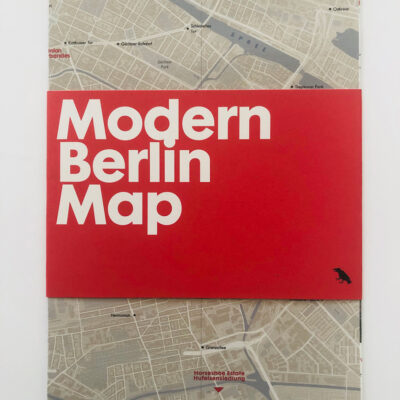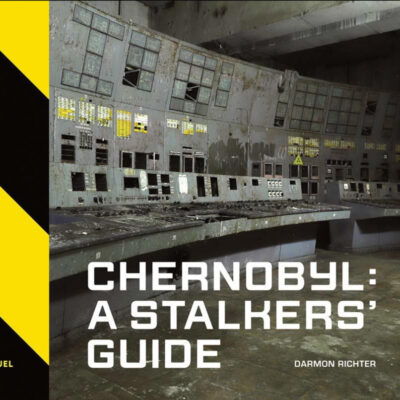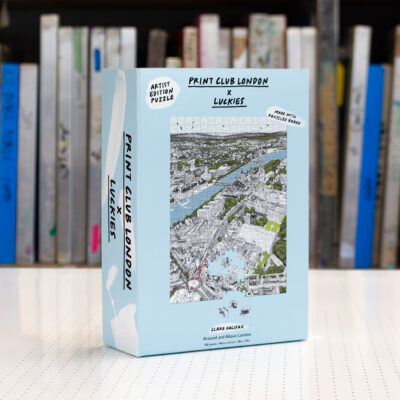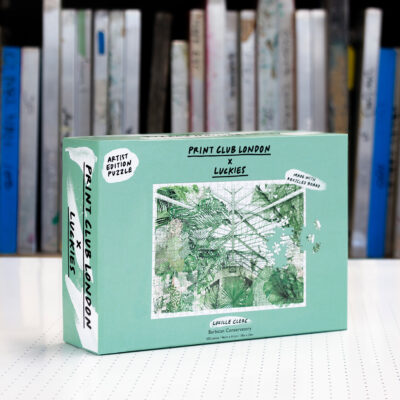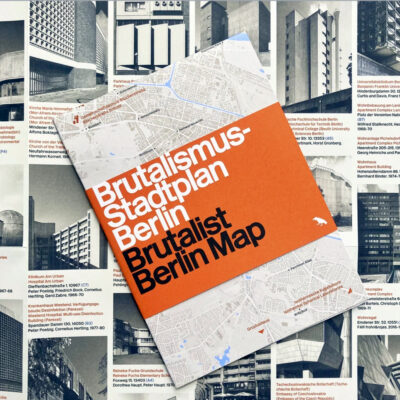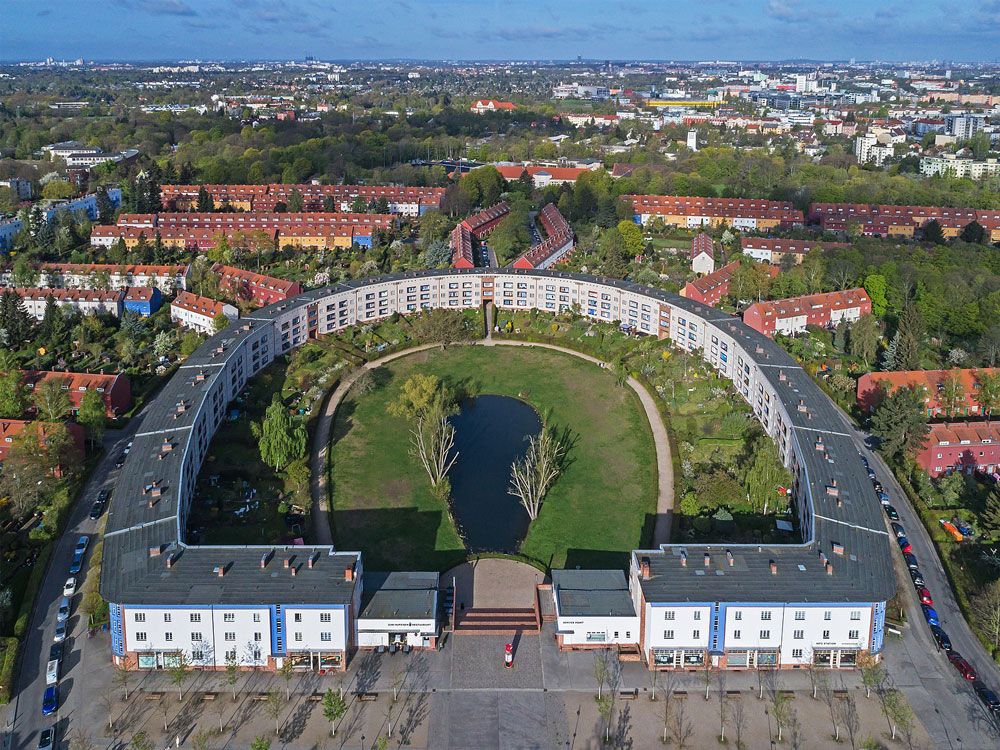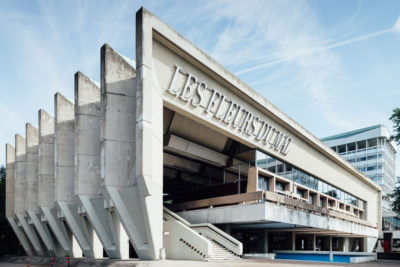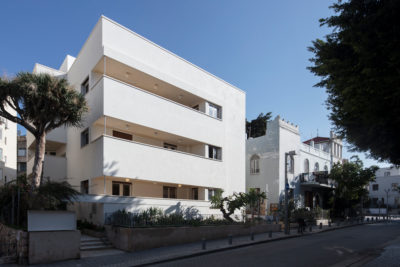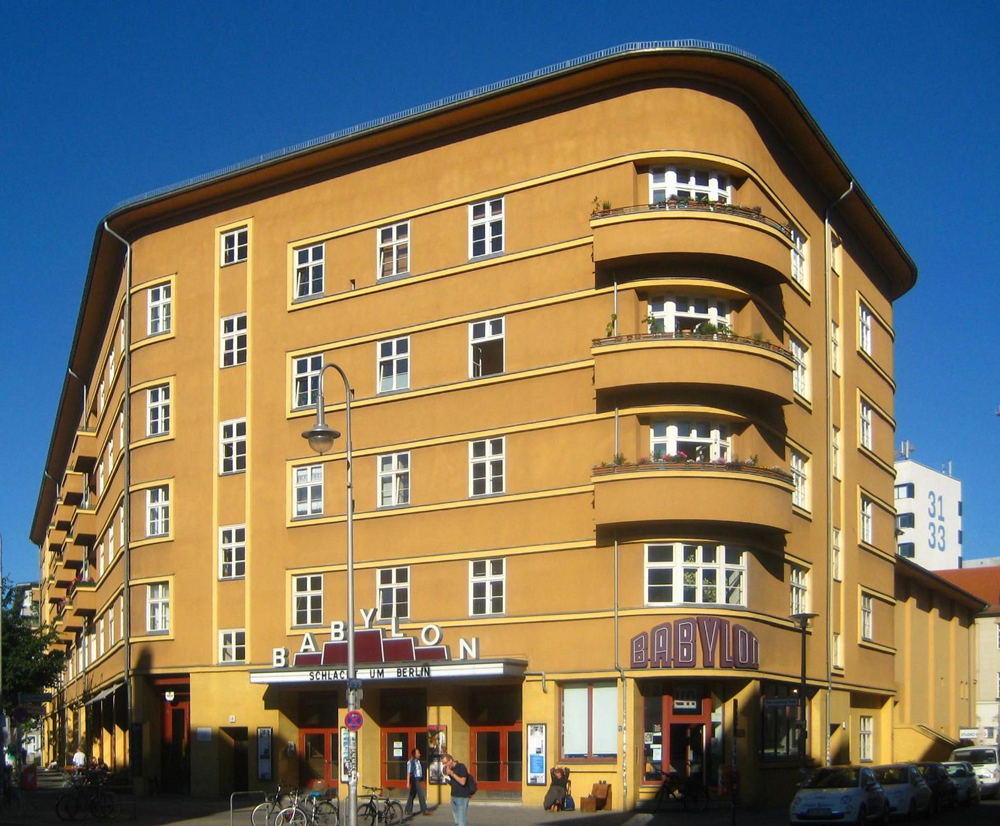
Kino Babylon
Kino Babylon began life in early 1929 in Scheunenviertel as this part of today’s Berlin-Mitte was then known. The development designed by German Architect Hans Poelzig on behalf of Alfred Schrobsdorff transformed a square in an otherwise poor neighbourhood, combining family apartments, shops and the cinema. Berliner, Poelzig understood he was building in a city that was cinema-mad and Kino Babylon could seat 1200 (today it is far smaller). Regardless that by the late ’20s the city was reaching saturation point, Kino Babylon was very popular and proud of its Philips-Kino-Orgel, which is today the only fully operational original cinema organ in Germany.
“The new cinema orchestra organ should be called to finally beat the foreign competition out of the field.”
The square it sat on was called Bülowplatz Platz, today Rosa Luxemburg Platz, close to the Volksbühne theatre and Karl Liebknecht Haus, which is today headquarters of Die Linke – The Left Party. The political turmoil in the 1920s brought mass protest to Berlin and the square became an anti-fascist rallying point. In 1933 it was renamed Horst-Wessel-Platz and Karl Liebknecht Haus became a hellish detention centre.
The area was badly bombed during the war and the cinema, now under Russian control was given a makeover in 1948. It was now a leading DDR cinema. By the time the Berlin Wall had fallen the cinema was in a very sorry state. It’s importance recognised it was renovated in the late 1990s and by 2002 it had gained much deserved protected status.
Today its a loved space and always used as part of the Berlin Film Fest.
Address Rosa-Luxemburg-Straße No. 30, Berlin-Mitte




